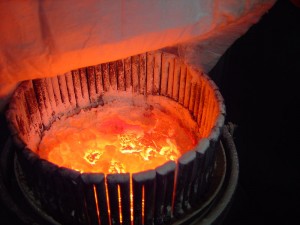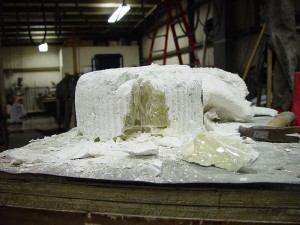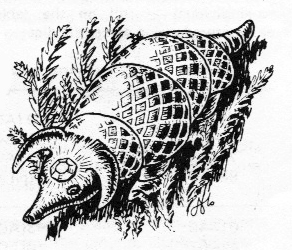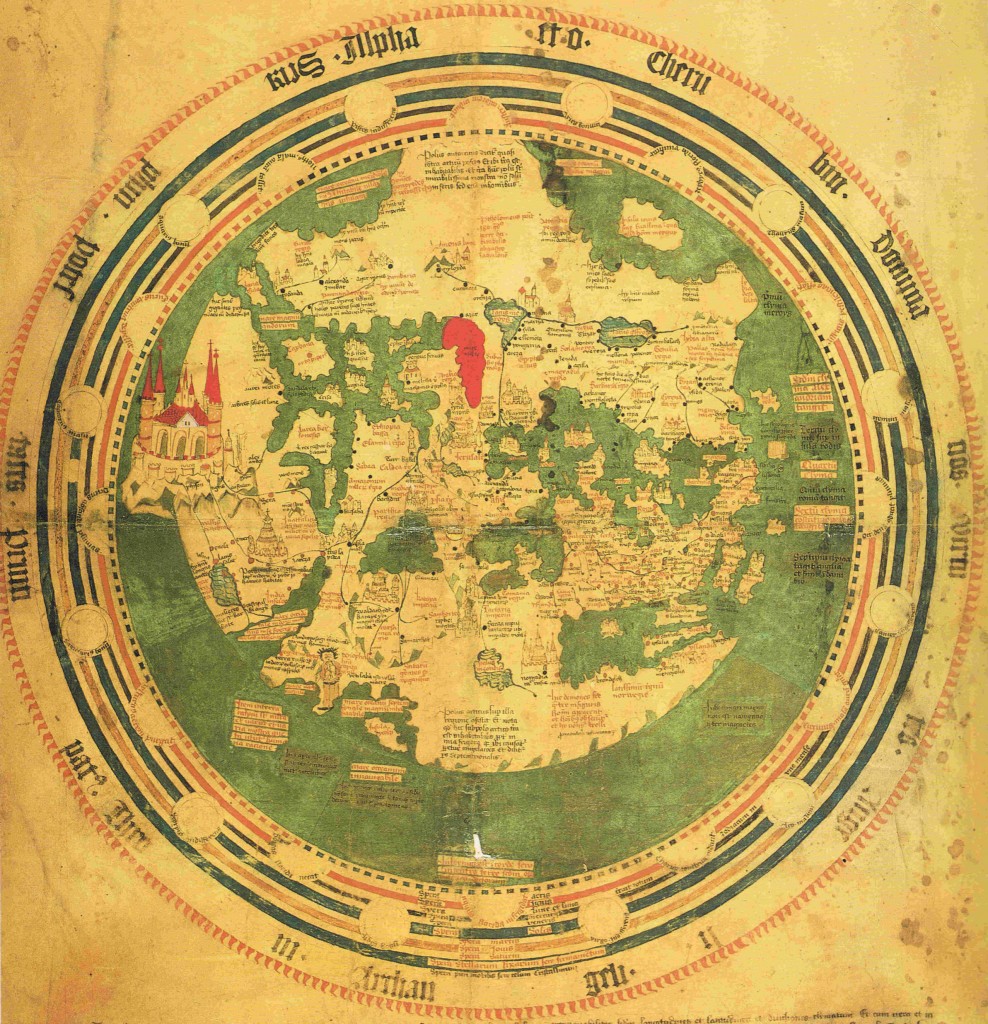A lot of first-edition spells never made it to 3e and beyond. Some of them would be fun in a later-edition game. Let’s rehabilitate some of the forgotten mid-level wizard spells.
LEVEL 3 SPELLS
Protection from Normal Missiles: in 3e, PfNM was replaced with the generally more useful Wind Wall – and still nobody took it! Although I never saw anyone cast PfNM, I’ve seen it used in thought experiments, including one that posited that a magic-user with Fly, PfNM, and a sling could safely rout an entire army, given enough time. In fact, with 1-minute combat rounds and a magic-user’s THAC0, a wizard could kill, maybe, 20 soldiers an hour tops, at the end of which the army would have found cover, built big wooden shields, and started construction on a ballista.
In order for Protection from Normal Missiles to compete with Fly, Fireball, and other level-3 spells, it should offer some of the monk’s ability to deflect missiles back at the firer. A goblin shoots an arrow at the wizard. He points! The arrow reverses course! That’s a spell that’s (almost) worth taking.
LEVEL 4
Dig: Dig lets you excavate one 5′ cube per level. It’s the Minecraft spell. It has obvious uses for people engaged in construction – NPCs and characters building strongholds – but it also has surprisingly detailed, and powerful, combat mechanics. “Any creature at the edge (1′) of such a pit uses its dexterity score as a saving throw to avoid falling into the hole, with a score equal to or less than the dexterity meaning that a fall was avoided. Any creature moving rapidly towards a pit area will fall in unless it saves versus magic. Any creature caught in the center of a pit just dug will always fall in.”
What does it mean to use your dexterity as a saving throw? Normally, a low saving throw is good, but a high Dexterity is good. Do you roll over your Dex on a d20, maybe? This is a common houserule for making ability checks, but are there any other mechanics like this in 1e D&D?
Between Dig’s ability to let you mine your own dungeons and excavate redstone, its complex rules for shoring up tunnels, and its Lode Runner-like combat mechanics, Dig is a pretty cool spell as it is. I might take it instead of Lightning Bolt for my next first-edition wizard.
Fire Charm: Fire Charm is a very evocatively-written spell that “causes a gossamer veil of multi-hued flame to circle a fire at 5′ distance.” Anyone who views the fire might become hypnotized (if they fail a save) and vulnerable to suggestion (if they fail a second save). The problem with this spell is that it’s the same level as Charm Monster, which requires only one saving throw, and which lasts several weeks, which is way better than Fire Charm’s 2 rounds/level or whenever the victim stops staring at the fire, whichever is less. Still, I think a wizard using Fire Charm is having more fun than one who uses Charm Monster. A wizard casting Fire Charm is tricking people into staring at fires, throwing pieces of silk into the fire (that’s the material component), and composing commands of 12 words or less that all end with “while maintaining constant eye contact with the fire”. And you just know that their face is chiaroscuroed with 200% more sinister shadows.
You know what? Make Fire Charm an exotic variation of Charm Monster. There’s a single copy of this version of the spell, and it’s in the spellbook of the Grand Vizier of the djinn court. It’s just like Charm Monster, except if you manage to cast it while going through the throwing-your-handkerchief-into-a-normal-fire rigmarole, the victim gets a penalty to their saving throw.
Fumble: This spell is like “When you cast this spell, the DM can have fun making up wacky fumbles,” which is probably why it didn’t make it into 3rd Edition. Too silly, and too much improv left to the DM. As a silly improv DM myself, of course, I think it sounds great.
The only tweak I’d make: allow it to be cast on an object as well as a creature. Whoever holds the object becomes clumsy. When you fumble the object, it tends to end up in the hands of an enemy. Cast the spell on a coveted mcguffin during a big battle. Then you end up with the opening scene from Indiana Jones and the Temple of Doom, with an object that changes sides multiple times during a battle.
Massmorph: Now we’re talking. Massmorph is one of the classic forgotten 1e spells. From hearing its name, you’d think it’s a mass version of Polymorph. That’s basically what it is. You can make 70+ people look like anything you can think of – as long as all you can think of is various species of trees.
Like Dig, this is one of those spells that is clearly designed for mass combat. In fact, the level-4 spell list has a lot of spells that would be useful on the battlefield: clearly, around this level, the characters’ focus is meant to change from dungeon-robbing to wider concerns. Confusion, Fear, Fire Charm, Ice Storm, and Plant Growth all affect large areas or large numbers of targets. Dig, Wall of Ice and Wall of Fire slice up the battlefield. Hallucinatory Terrain and Massmorph allow large bodies of troops to hide in ambush or to approach enemies in secret. Malcolm’s army in Macbeth presumably had a seventh-level wizard along.
LEVEL 5
Distance Distortion: This is a very strange spell. “This spell can only be cast when the magic-user has an earth elemental conjured up.” It expends the elemental. For the expenditure of a fourth-level spell AND an elemental, what do you get? You can make 100 yards seem like 50 yards or like 200 yards. What’s it for? Making confusing dungeons? If it were permanent, yes, but it only lasts for 1 turn per level.
One change would make this into a spell worth transcribing. Make it permanent. Now a wizard can use it to build all sorts of architectural tricks and hidey holes into his or her wizard tower. A DM can use it to justify that map mistake that put four 10×10 rooms next to a 20′ length of corridor. A New Yorker can use it to make their two-bedroom apartment big enough for 2 people. Hey-o!

















